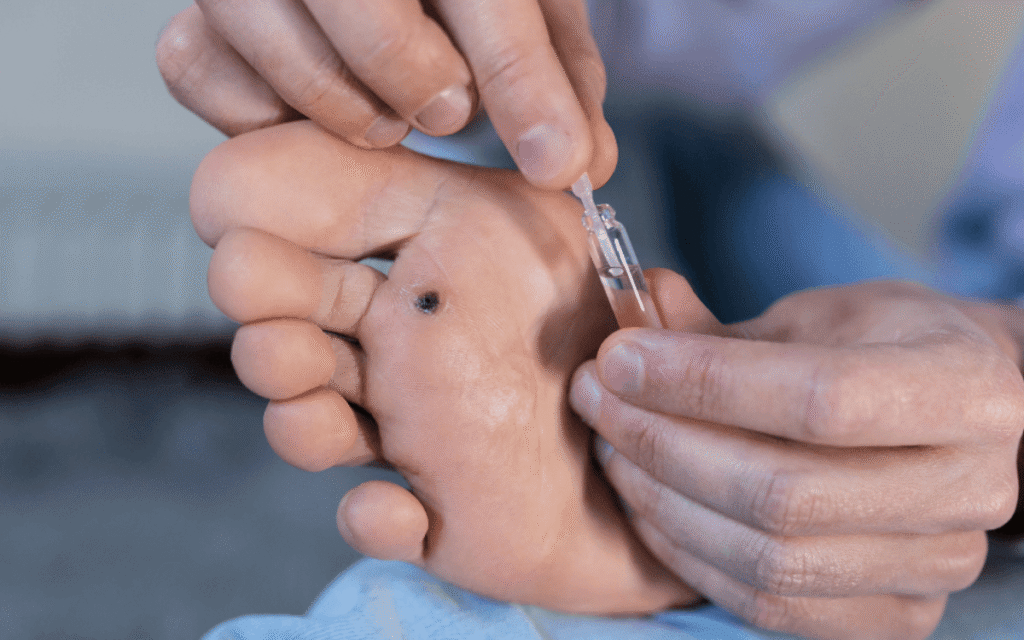Warts are common skin growths that can appear on various parts of the body. While they are typically harmless, individuals may seek wart removal solutions for cosmetic reasons or if they cause discomfort. Understanding what warts are and the available removal methods can help in making an informed decision about treatment. Here is more information on the appearance and cause of warts:
What Are Warts?
Warts are benign, or noncancerous, growths that develop on the skin. They vary in appearance and location, but all of them are caused by a viral infection. Understanding their nature is the first step toward seeking appropriate removal options.
These growths can affect individuals of any age but are more frequently seen in children and teenagers. They may also affect individuals with weakened immune systems. Consulting a specialist helps determine the most suitable wart removal option for each situation.
What Do They Look Like?
The appearance of a wart depends on its type and location. Common warts are often found on the hands and fingers. They are typically rough, grainy bumps with a rounded top.
Plantar warts grow on the soles of the feet and can be painful due to the pressure of walking. They may appear as flat, hard growths, sometimes with small black dots. Other types include flat warts, which are smaller and smoother, and filiform warts, which have a thread-like shape.
What Causes Warts?
Warts are caused by an infection with the human papillomavirus (HPV). There are many different strains of HPV, and specific types tend to cause warts in particular areas. The virus is contagious and can spread through direct skin-to-skin contact or by touching a surface that has been touched by an infected person.
The virus enters the body through small cuts or breaks in the skin. A person’s immune system response plays a role in whether a wart develops after exposure to HPV. Individuals with weakened immune systems may be more susceptible to developing warts.
What Is Wart Removal?
Wart removal refers to the various procedures used to eliminate warts from the skin. The goal is to destroy the wart tissue and the virus that causes it. The choice of removal method depends on the type of wart, its location, and the individual’s health. For persistent, painful, or aesthetically problematic warts, removal options can provide relief.
What Does It Involve?
Several methods can be used to remove warts. A dermatologist typically performs these procedures. The selection of a method, such as cryosurgery or laser treatment, is based on a professional assessment.
Cryosurgery
Cryosurgery involves freezing the wart with liquid nitrogen. The extreme cold destroys the wart tissue. This treatment may cause a stinging sensation, and a blister may form around the wart before it falls off.
Topical Medications
Topical medications are applied directly to the wart. Salicylic acid is a common over-the-counter treatment that works by gradually peeling away the layers of the wart. Prescription-strength medications may also be used for more resistant warts.
Laser Treatment
Laser treatment uses an intense beam of light to burn and destroy the wart tissue. This method may be used for warts that have not responded to other treatments. The procedure is performed in a clinical setting by a dermatologist.
Find the Right Method for You
Warts are common skin growths caused by HPV. Understanding what they are and how they are caused helps in managing them. If you have a wart that you would like to have removed, consulting with a healthcare professional is recommended. They can assess the wart and recommend the most suitable treatment for your specific situation.

